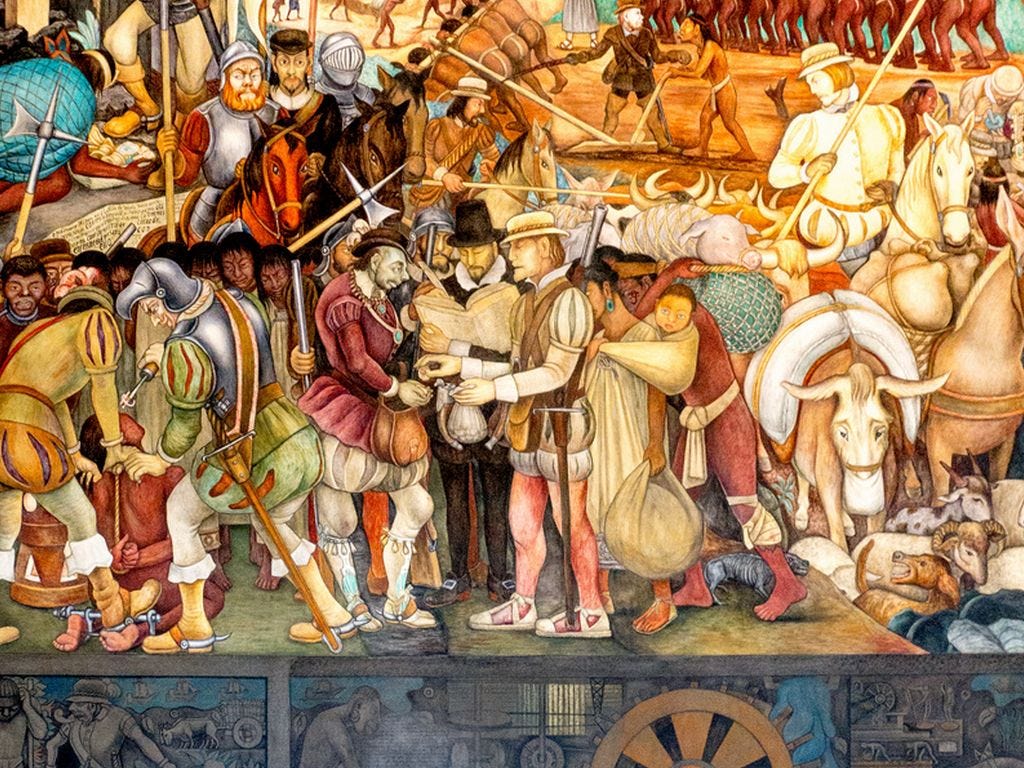The One Good Thing About Conquests
Empanadas, for example.
It is a harsh but true culinary fact that nothing is so stimulating to the art of cooking as a good long foreign occupation. Little else accomplishes the creative intermingling of flavors and techniques that transpire when one civilization overpowers another. The important ingredient here is time—to have enough of it go by to allow the native and foreign to slowly seep together.
Consider the small empanada. It arrived in the New World with the Spaniards as a lowly meat pie. After centuries of occupation, countless enslaved cooks turned it into one of the most vibrantly flavorful dishes across the Caribbean, Central America, and South America. They’re especially revered in Argentina.
But they differ in style of cooking, predominant fillings, and toppings. Some are fried, some are baked. Countries with a tradition of cattle farming—essential South America—mix meat with vegetables and are usually baked. Tropical countries overflowing with fruits and vegetables, fry them to an addictive crispiness. Mexican empanada have a corn crust; others are as flaky as the best pie crusts.
A good overview of Latino empanadas is provided by Luz Conte at Cocina where you’ll also find terrific recipes from many of the countries celebrated during National Hispanic Heritage Month. Aarón Sánchez, an award wining chef, co-founded the site to promote an understanding of Latino food, its complexity of flavors, textures, and technique formed by the hands of natives, conquers, and the enslaved. Head over to Cocina to learn much more.


